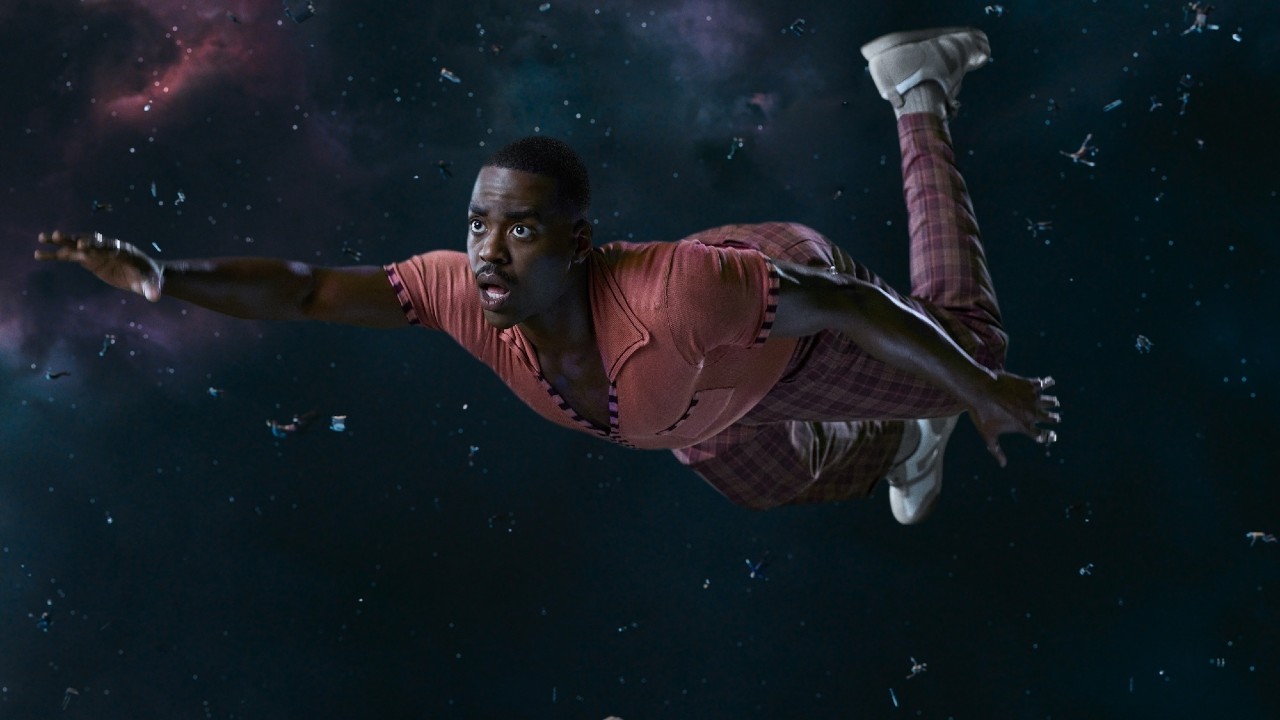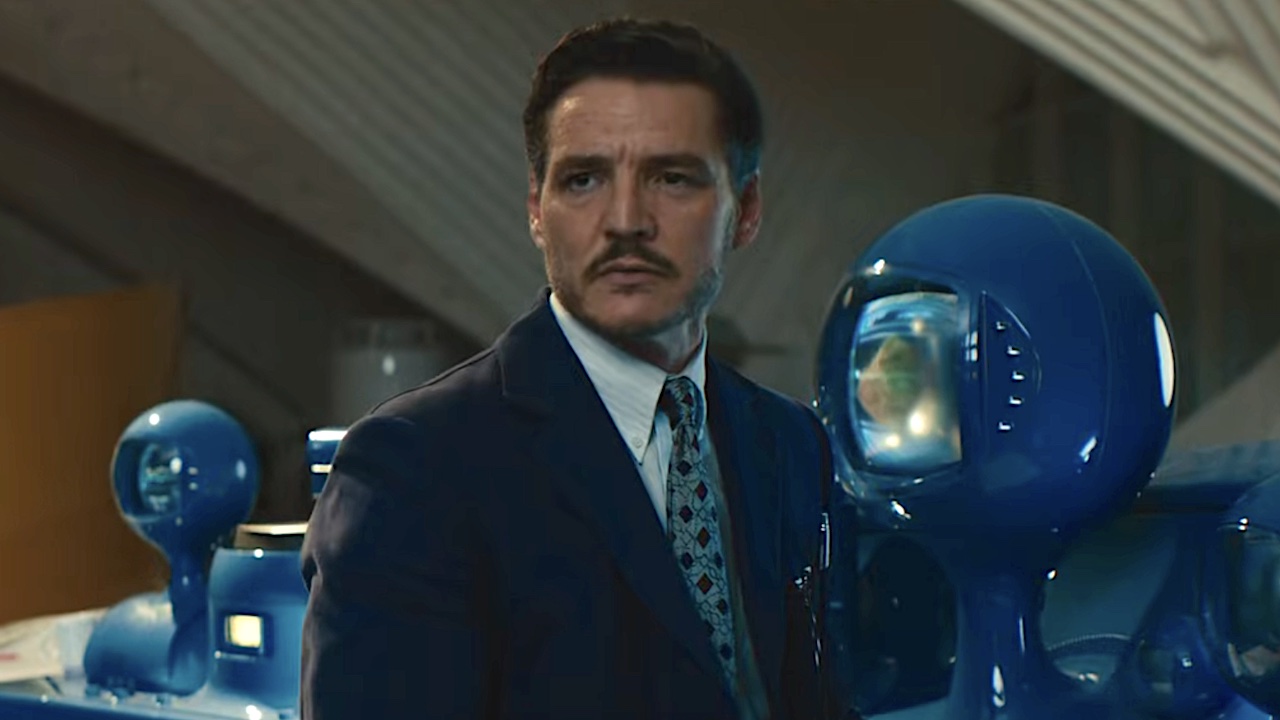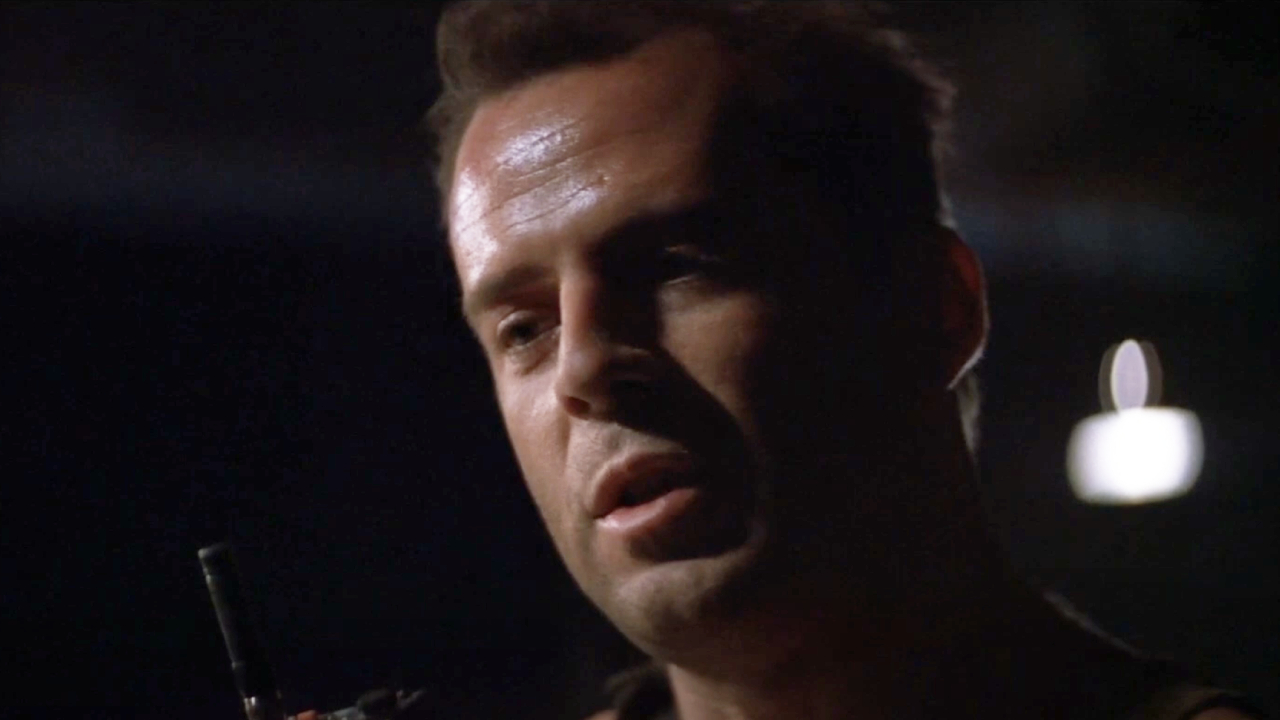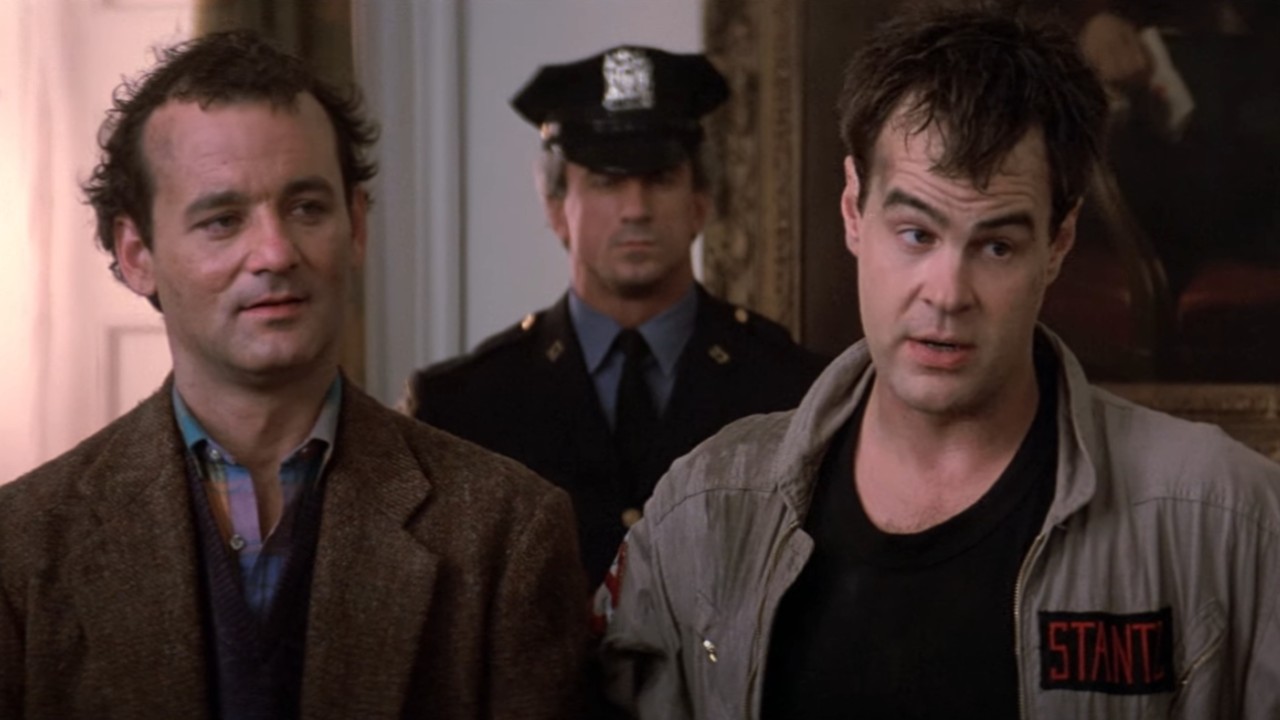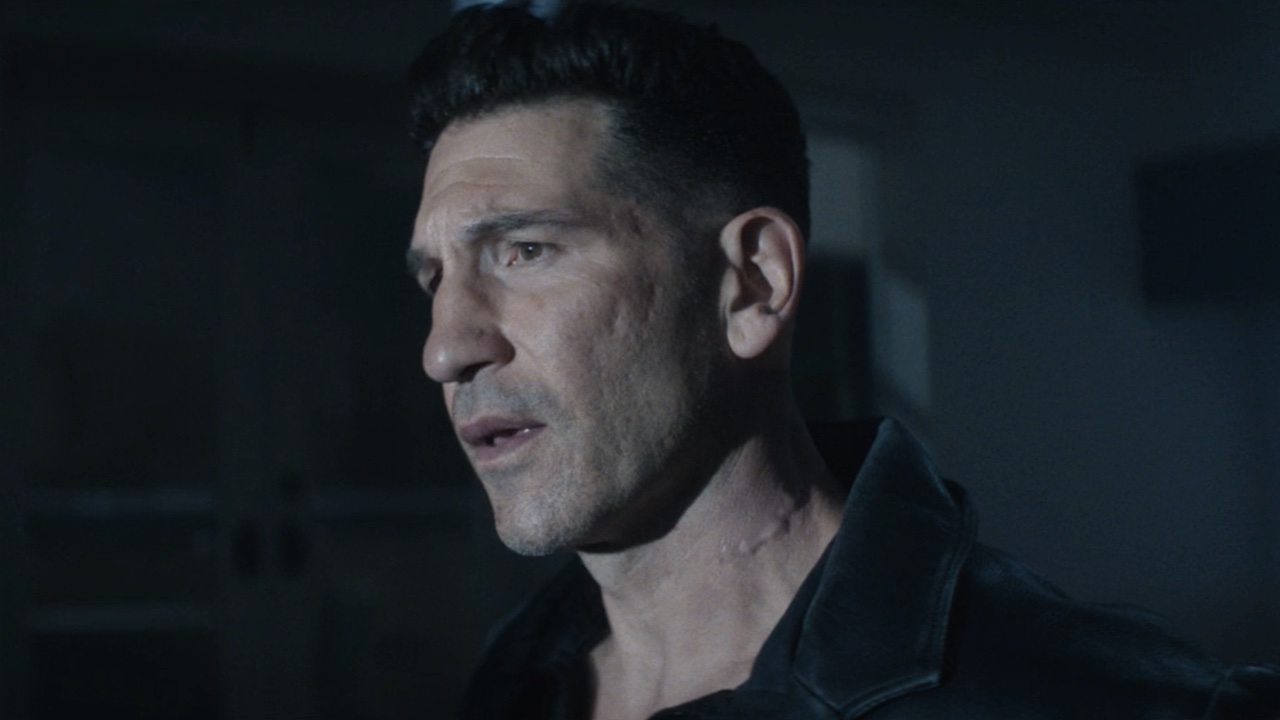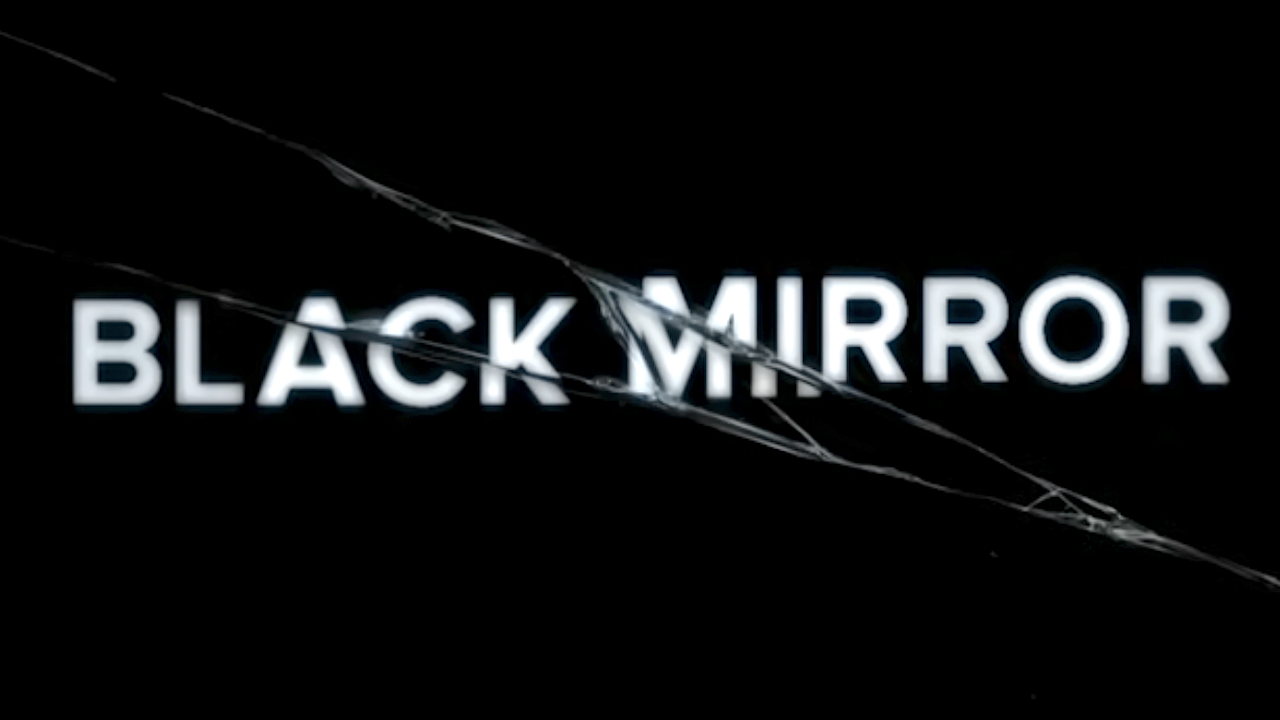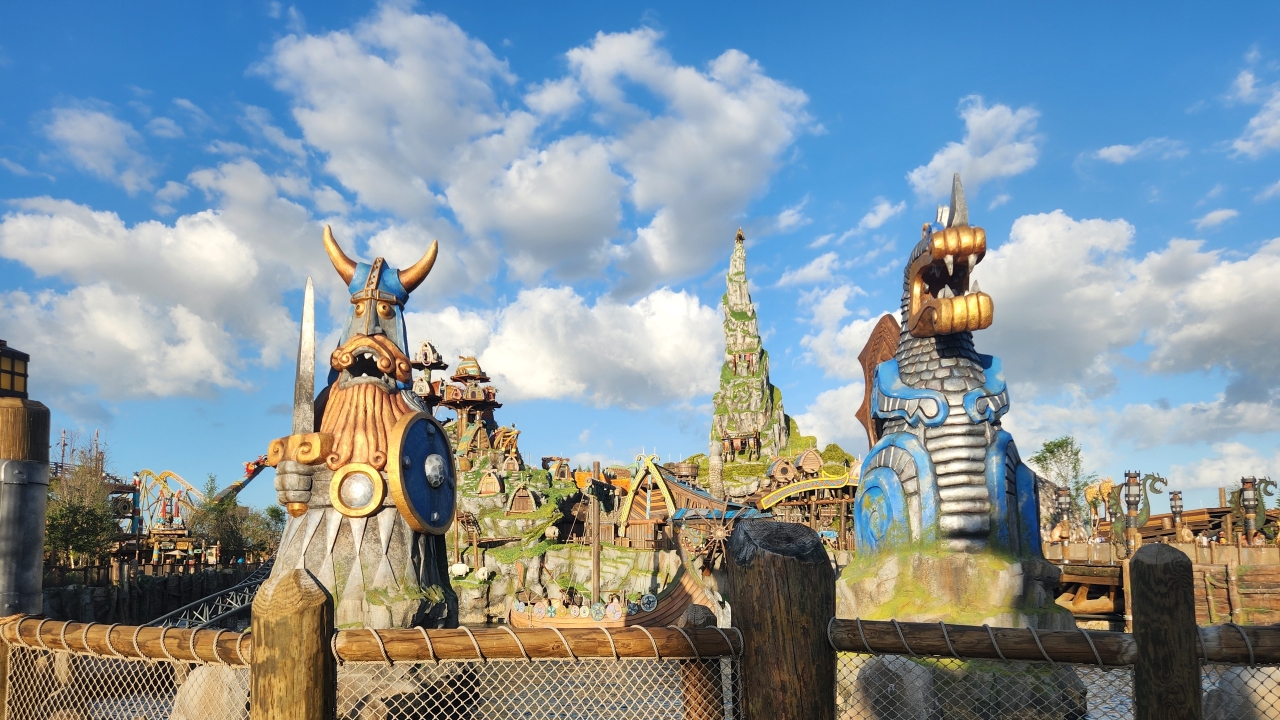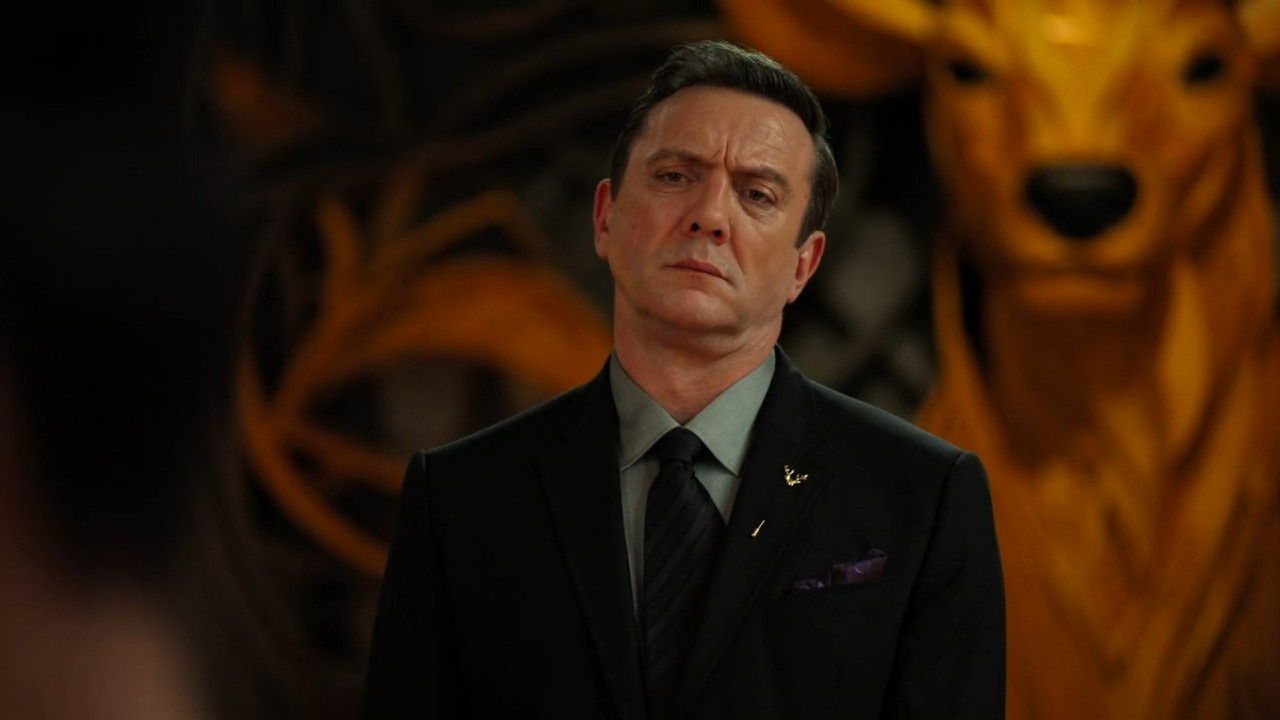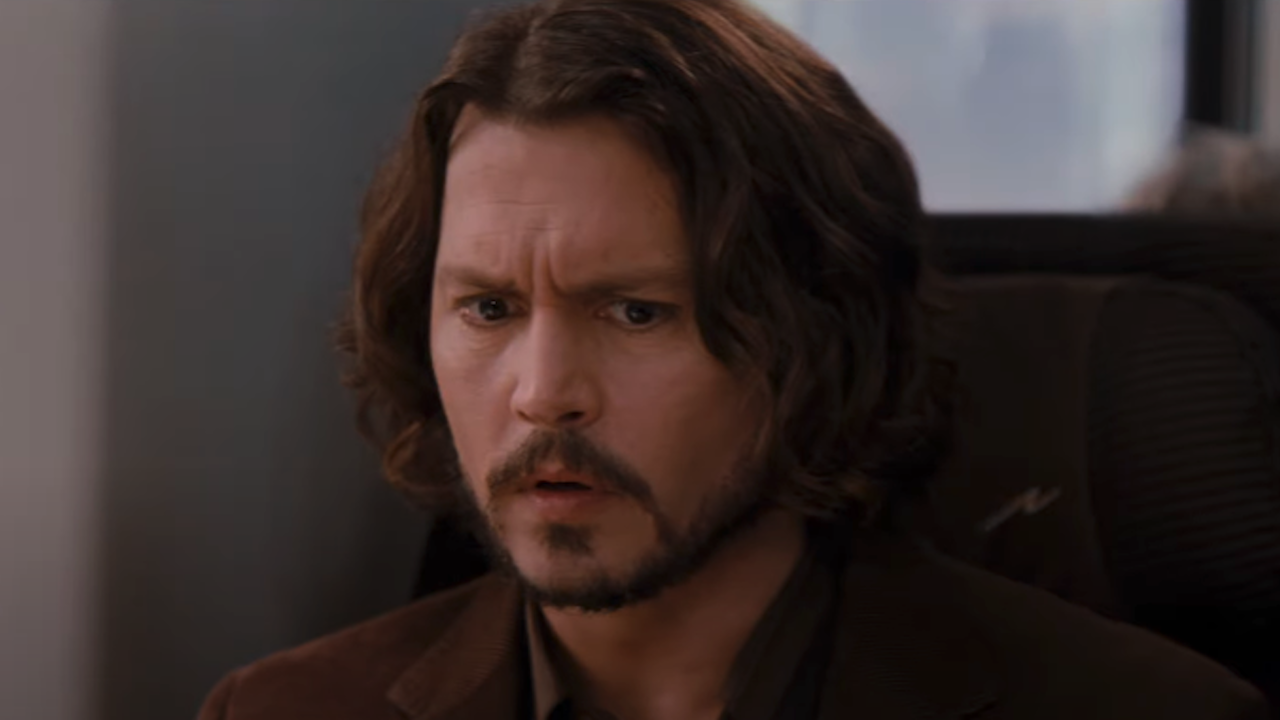The Rings Of Power: The Story Behind How LOTR's Crew Pulled Off Mount Doom's Eruption Using Practical Effects
The show might be fantasy, but a lot of these effects were real.
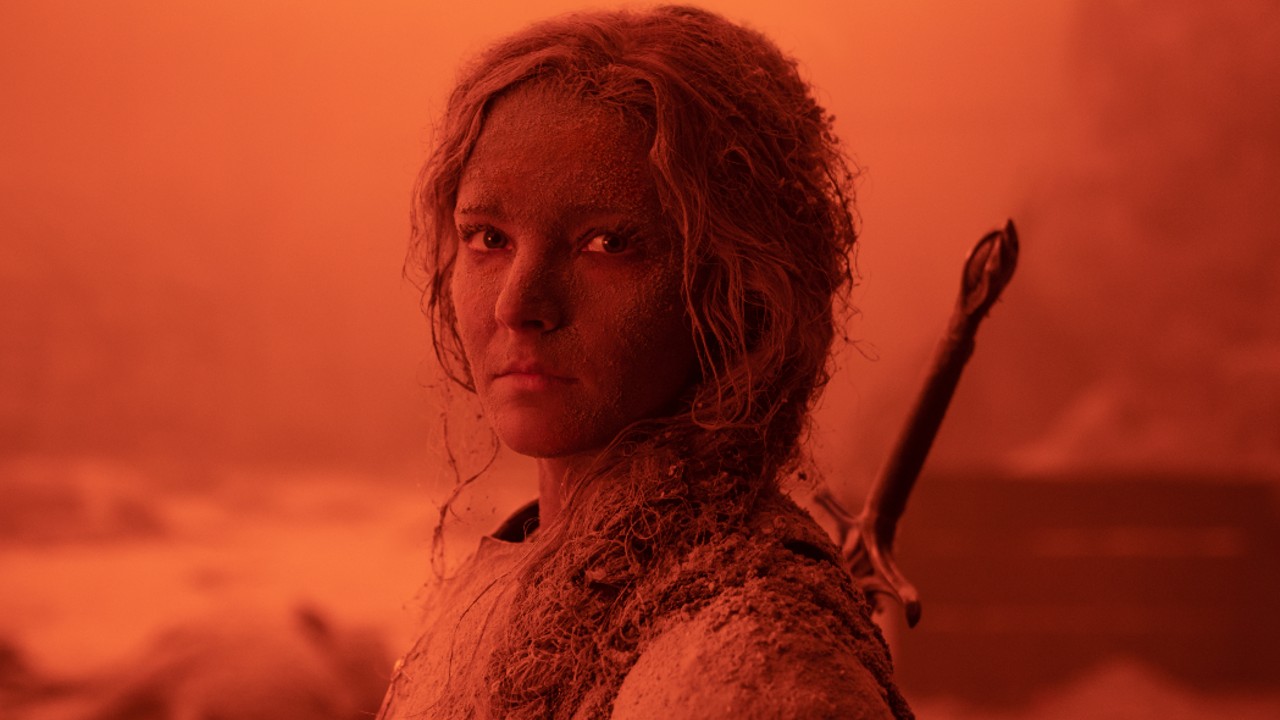
In the same vein as Game of Thrones, Lord of the Rings: The Rings of Power used an intense amount of detail, practical effects and special effects to create its vast and immersive fantasy world. It’s well known that ROP had a massive budget, and part of the reason is because of how much it invested in creating Tolkien’s world and scenes in a way that felt realistic. Now, some of the people behind the scenes of the Prime Video series opened up about how they shot the eruption of Mount Doom and explained how practical effects played a massive role in it.
Between Episodes 6 and 7 of Rings of Power, Mordor becomes a major location in the show when a key activates a flood, and Mount Doom erupts, destroying the village Galadriel and the cast of ROP are trying to save. It’s a massive and literally explosive sequence that acts as the biggest turning point of the series. While there were over 9,000 visual effects used to create the sequence, per Variety, a lot of it was also done practically, and it all came together to create a beautifully destructive scene.
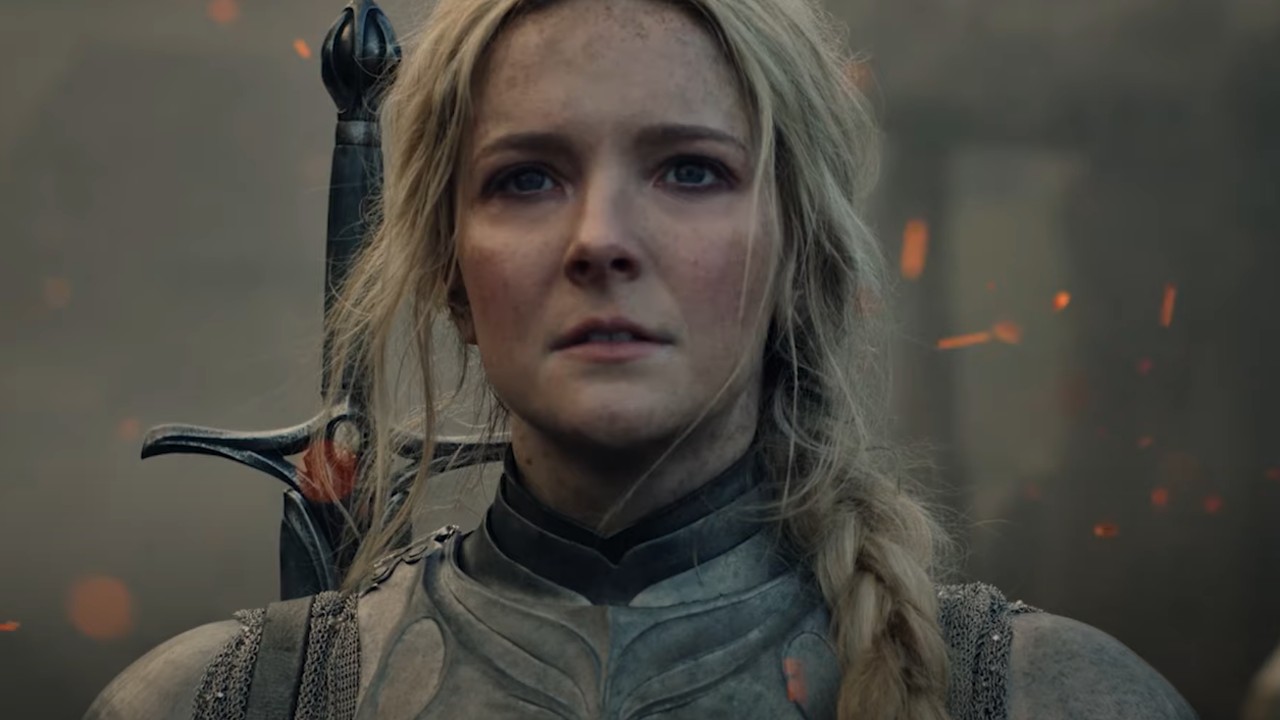
Mount Doom’s Eruption Was Inspired By Historic Events And Real Science
When it came to preparing for this incredibly large scene, the crew created a detailed blueprint based on history and science to follow to create the flood and eruption. Alex Disenhof, the cinematographer for Episodes 6 and 7, explained this idea and how that helped them plan the visuals. He told Variety:
There was this key that we had been teasing throughout Season 1, this broken sword. By putting it in this stone and turning, it would essentially unlock the dams that would then allow the water to flow underground into these tunnels…under the village all the way to the mountain, hitting the magma lava and causing the explosion, which is loosely based on real science and how it would cause something like that.
Many of the artists featured in this story spoke about how the fantastical world is grounded in real elements and science. Ron Ames, the VFX producer, spoke about this, and he explained how the sequences at the end of Episode 6 and the start of Episode 7 are connected to “true physics.” Using the beginning of the flood, when the walls start to break, as an example, he said:
There was no part of this that we allowed to not be connected to true physics…We designed roughly what that machine was going to do and be, and it was a waterworks, basically a dam that had been built in and disguised into the side of the mountain, looked like a small waterfall.
According to Ames, they looked back at history too by examining the eruptions of Pompeii and Mount Saint Helens. Disenhof also noted that wildfires in California and Oregon also helped inspire how they lit the sequences. They also took inspiration from Tolkien’s books and Peter Jackson’s Lord of the Rings movies, making for a unique and practical look within the fantasy world.
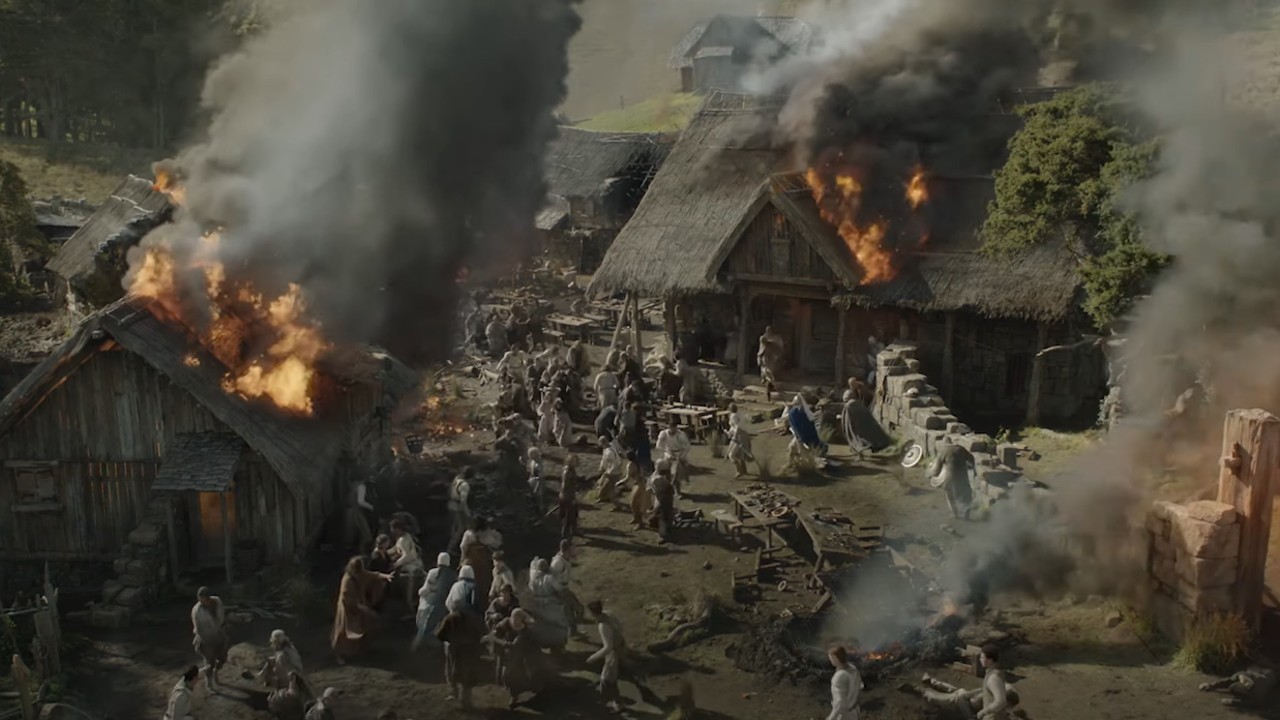
Creating Mount Doom’s Eruption Included Practical Effects On A Tight Schedule
When it came to pulling off the flood and the eruption, the Rings of Power crew members spoke about the actual geysers they used that shot water hundreds of feet up into the air, according to Disenhof. These geysers soaked the cast, and according to the episodes' director Charlotte Brändström, it helped the actors enhance their performances.
However, it also created a challenge because they couldn’t shoot it that many times. Their schedule was tight, and according to the article, each take would soak the extras, and they didn’t have time to keep drying them off. However, that visceral reaction was worth it, as the director said:
CINEMABLEND NEWSLETTER
Your Daily Blend of Entertainment News
The first time we did the water explosion, I don’t think anybody expected it to be so big, to come up so much.
It was also noted that because the geysers were actually real, and those effects were in camera, the CGI effects became even better because they had more to build on. They were able to enhance an already intense scene, making for a truly haunting situation. Along with the water, the town was on fire, and absolutely destroyed, and that was done through a mix of realistic effects and CGI. It’s a visually impressive scene from the jump, however, knowing that it was shot using practical effects like geysers makes it even better.
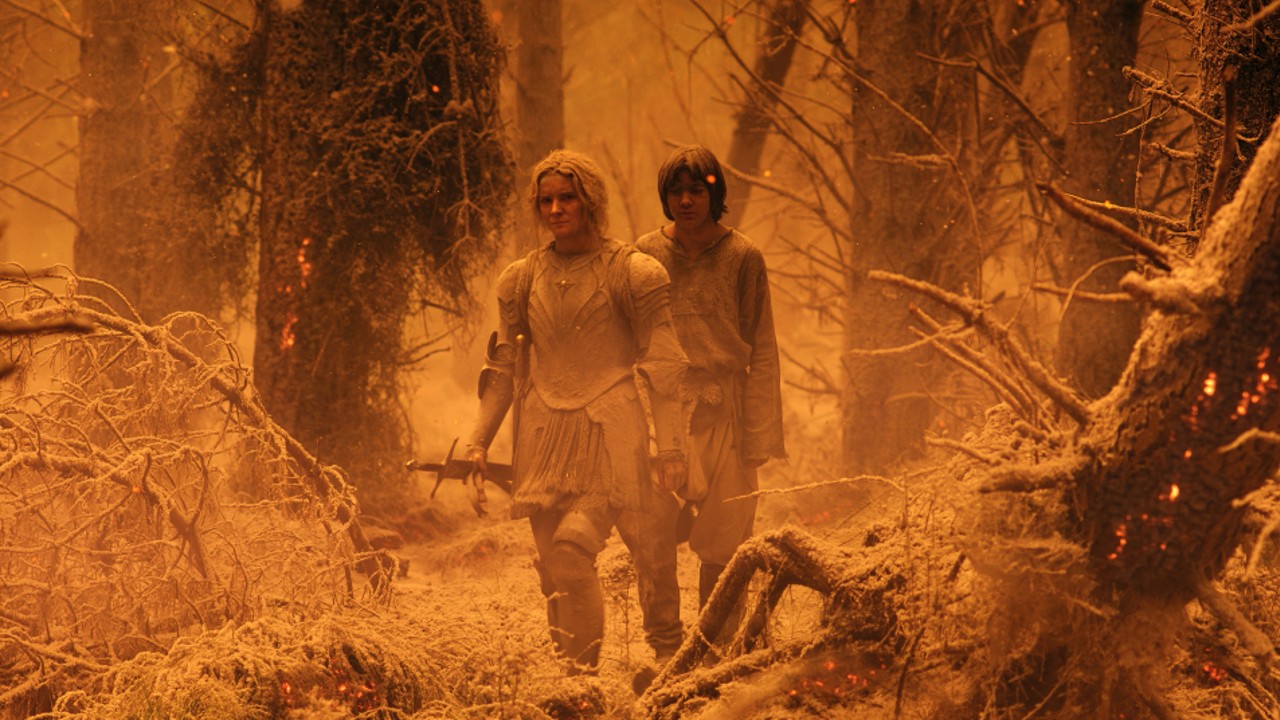
After The Eruption, The Crew Used Fire, Ash And More To Practically Shoot The Aftermath
After the eruption, Galadriel is taken down, and when she wakes up she’s covered in ash, and everything is smoky and orange. This look was created practically, and it was filmed indoors without blue or green screen. By using creative lighting and realistic effects, they were able to develop a look that made it feel like our hero was engulfed in all-encompassing overwhelming destruction. Disenhof revealed just how much of this sequence was done in camera, saying:
Eighty to 90% of what you see is in camera. It’s an amazing feat of so many different departments.
Ash blankets, paper mache ash on the trees, foam, carefully blocked light, real fire and more made up that ashy set, and according to Ames it was “painstaking.” However, it looks absolutely incredible. Just thinking about the scene of Galadriel waking up with ash caked over her eyes gives me chills. It also very obviously shows the power of all the work the crew put in to pull off the scene.
It’s truly awe-inspiring to learn about practical effects and just how magical filmmaking can be. Rings of Power is a prime example of their impact, and the eruption of Mount Doom shows how incredible sequences can be when they use realistic effects mixed with CGI.
While we know the cast of Rings of Power is growing for Season 2, I’m curious to see how their special effects evolve and how they use practical effects to turn fantastical imagery into live-action. Now that we know the identity of Sauron and theories are flying left and right about the future of Middle Earth, I know I can’t wait to see how the story comes back to life through its epic performances and absolutely incredible visual effects.
As we wait for Season 2 of Rings of Power, you can go back and stream Season 1 with an Amazon Prime subscription.

Riley Utley is the Weekend Editor at CinemaBlend. She has written for national publications as well as daily and alt-weekly newspapers in Spokane, Washington, Syracuse, New York and Charleston, South Carolina. She graduated with her master’s degree in arts journalism and communications from the Newhouse School at Syracuse University. Since joining the CB team she has covered numerous TV shows and movies -- including her personal favorite shows Ted Lasso and The Marvelous Mrs. Maisel. She also has followed and consistently written about everything from Taylor Swift to Fire Country, and she's enjoyed every second of it.

